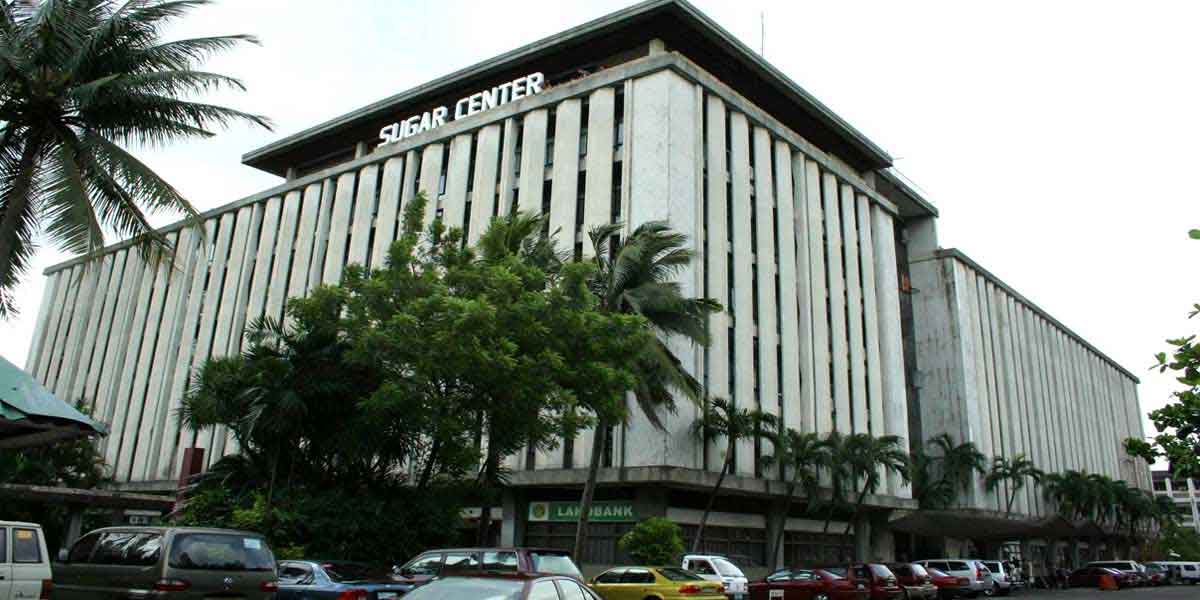 By Art Jimenez
By Art Jimenez
How time flies for a killer virus. Just two months and a week ago on February 1, the DOH confirmed our country’s first Covid-19 casualty. Not a Filipino, he was a 44-year old from Wuhan, China. He went into the record books as the first Chinese casualty outside his country.
Sensing a creeping health problem President Rodrigo R. Duterte signed Proclamation No. 922 on March 8 declaring a “state of public health emergency due to Covid-19” throughout the country. It was effective immediately and would remain in force unless lifted by the President himself.
Then from a health concern, the virus issue moved laterally to become an economic concern.
On March 12, Duterte placed Metro Manila, the national capital region, on a partial quarantine for a month, from March 15 to April 14, 2020. Aside from shuttered schools, the suspension included all land, and domestic sea and air transportation to and from Metro Manila. There were, of course, exceptions granted. Too, mass transport within the NCR was permitted provided social (now “physical”) distancing were observed. This is when the diseconomies started to set in.
Guess the economic implications of a partially locked down National Capital Region with a population of at least 16.5 million people in its 16 cities and one municipality. Remember, the metropolis is the country’s international airport hub. It is the center of commerce, banking, and finance and hosts the country’s top corporate head offices. It is likewise the Philippine center of education, culture, the arts, entertainment, and hospitality (hotel, tourism) industries. Metro Manila accounts for about 37.5 percent of the nation’s gross domestic product (GDP), which stood at US$355.5 billion (in 2019 (The World Bank). Even a partial lockdown means tremendous economic losses.
For fyi, the 16 cities are Caloocan, Malabon, Navotas, Valenzuela, Manila, Quezon City, Marikina, San Juan, Pasig, Mandaluyong, Makati, Pasay, Taguig, Parañaque, Las Piñas, and Muntilupa. The lone NCR municipality is Pateros.
Aware of the consequences, President Duterte pushed the economic envelope further. On March 16, he issued Proclamation No. 929 placing the entire country under “a state of calamity” for six months, unless earlier lifted or extended.
The Proclamation also imposed an “enhanced community quarantine” or ECQ, throughout Luzon from March 17 to April 12. Many consider ECQ as a euphemism for a partial lockdown.
Luzon is the first of three major islands in the Philippines. In its eight regions are 38 provinces, 72 cities, and 699 municipalities (Rappler). These are NCR, Cordillera Autonomous Region, Ilocos, Cagayan Valley, Cordillera, Central Luzon, Calabarzon/Mimaropa, and Bicol.
Luzon accounts for about 55 percent of the country’s population and 72 percent of its GDP. Cripple that 72 percent GDP share and you will see an economy in crisis.
As April 12 nears, speculations are rife that the ECQ would be extended for at least two weeks – or even a month – with the usual safety proviso “unless earlier lifted or extended as circumstances warrant.”
Among others that you readers already know, further restrictions are imposed: on moving around outside one’s residence (Stay Home), travel (with excepions) via land, sea, and air transportation, public events (like parties, fiestas, concerts, athletic tournaments, live TV programs, cinemas), and commands, like wearing a mask outside residence, and so forth. All these are directed at curbing the spread and to flatten the curve, so to speak.
Meanwhile, other countries have started to take a variety of measures including border restrictions, stay at home rules, wear masks requirement, lockdown of non-essential businesses to contain Covid-19, with the usual common sensical exeptions. And to think, many of these countries are our trading (export and import) partners.
Now covid-19 has taken a global economic dimension.
-To be continued-




















